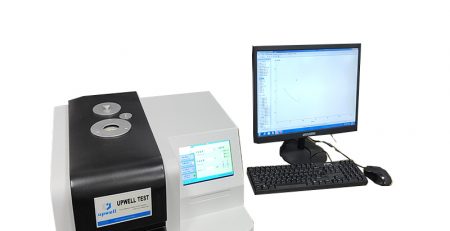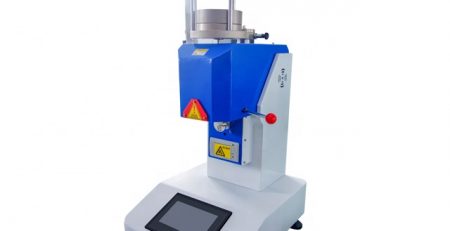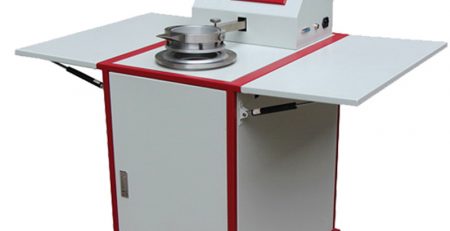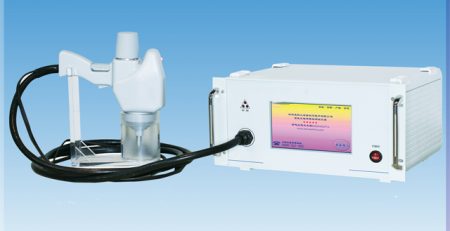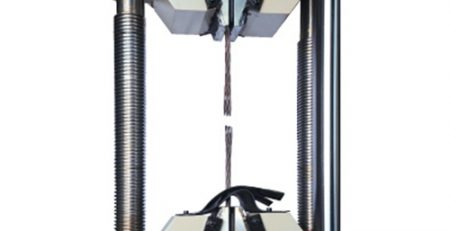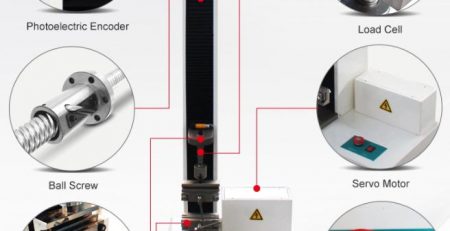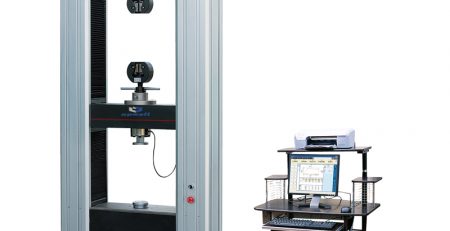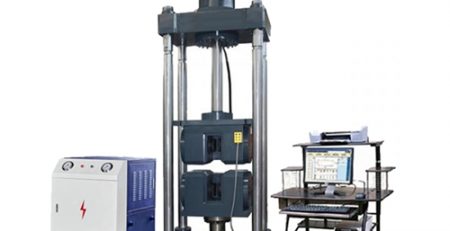Before using a fabric tensile strength tester, some preparation is required to ensure accuracy and reliability. The following are the preparations before using the fabric strength tester:
- Calibrate the instrument: Make sure the fabric tensile strength meter is calibrated and accurate. Calibration can be performed through a professional calibration service or calibration equipment. Calibration ensures the accuracy of your measurements.
- Clean and inspect the instrument: Use a soft cloth or brush to clean the exterior and interior parts of the fabric strength meter, making sure there is no dust, dirt or yarn residue. Check whether the sensor, clamping device and display screen of the instrument are intact.
- Prepare the test sample: Prepare the fabric sample to be tested. Ensure specimens are appropriately sized and prepared according to the required test methods and standards. Follow relevant standards and guidelines to ensure the accuracy of test results.
- Determine the test method: Select the appropriate test method and parameters as needed. This may include tensile testing, tear testing, burst strength testing, etc. Select the appropriate test mode and speed according to the test requirements and standards.
- Clamp the sample: Correctly clamp the prepared fabric sample to the clamping device of the fabric strength meter. Make sure the specimen is clamped securely, but avoid over-clamping that could damage the specimen or skew the test results.
- Calibration benchmark: If necessary, set the benchmark value or zero point for testing on the fabric strength meter. This ensures that test results are measured and analyzed relative to baseline values.
- Preheat the equipment: Preheat the fabric tensile strength meter for a period of time according to the manufacturer’s recommendations to ensure that the instrument is at a stable operating temperature. This helps maintain the accuracy of test results.
- Determine test parameters: Set test parameters according to test requirements and standards, such as test speed, sampling frequency, load range, etc. Make sure parameter settings match the fabric properties and standards required to be tested.
- Instrument calibration and verification: After the preparation work is completed, perform instrument calibration and verification to ensure that the fabric strength meter works normally and meets the test requirements. Use known standard samples for calibration and verification to verify the accuracy and consistency of the test results.
Always refer to the operating manual and manufacturer’s recommendations before using a fabric tensile strength tester. Following a proper preparation workflow can improve the accuracy of your test results and ensure proper operation and long-term reliability of your instrument.
Any interested or question please freely to contact us :www.upwelltest.com or info@upwelltest.com

